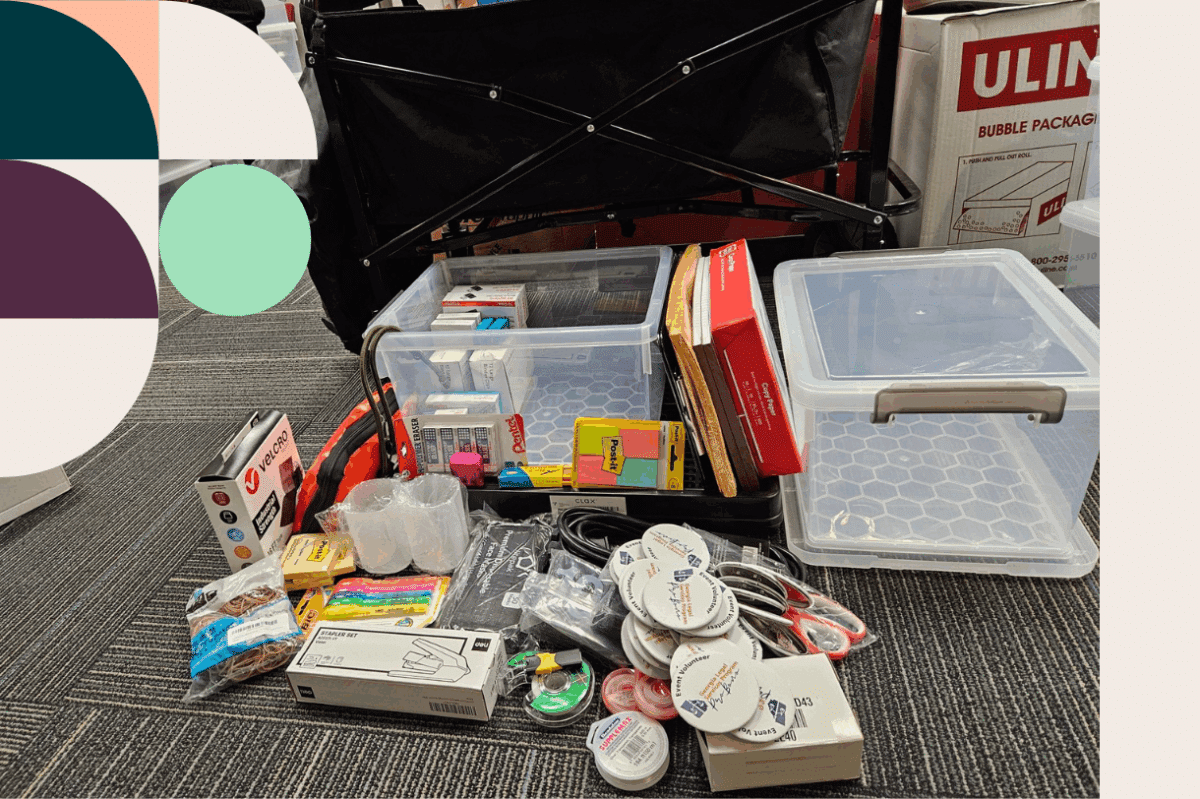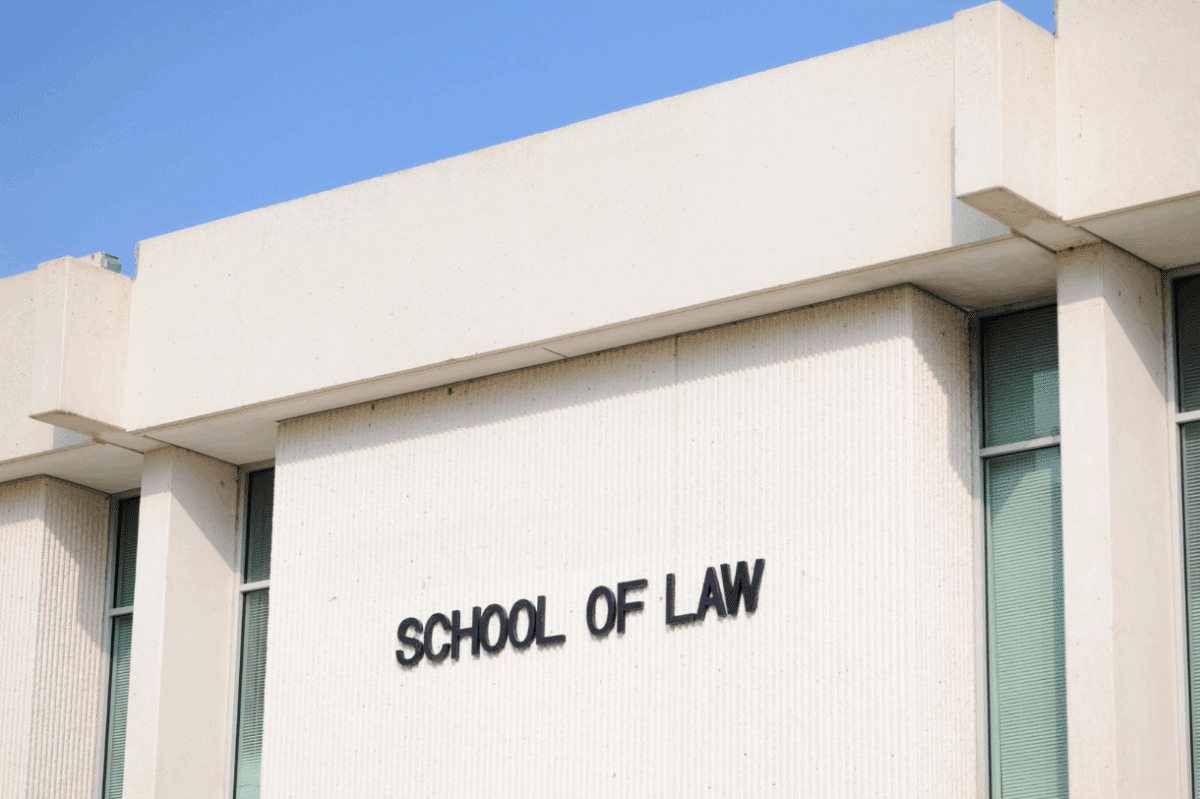Session Speakers
- Heidi Behnke, Georgia Legal Services Program
- Ellie Tinsley, Montana Legal Services Association
- Elsa Gottfried, Community Legal Aid
The access to justice gap is a widespread challenge; but in rural communities, the barriers are even greater. I attended the ‘Legal Desert to Legal Oasis’ session at EJC 2025, and it was incredibly valuable. The speakers provided clear examples and practical strategies for expanding legal access in underserved areas. From guidance on building meaningful relationships, to using data to shape more effective approaches, the insights shared have the potential to strengthen support in rural regions.
What is a Legal Desert?
A “legal desert” is defined by the American Bar Association as a county with fewer than one attorney per 1,000 residents. Often, the few attorneys present may be judges or hold roles that prevent them from offering legal aid. Many of these areas are rural—with towns under 2,500 people—or even frontier communities, where fewer than two people live per square mile. In such regions, sparse populations and long distances make delivering legal services especially difficult.
Challenges of Delivering Legal Services in Rural Areas
Providing legal aid in rural communities has a unique set of challenges—from attorney shortages to barriers rooted in local culture, geography, and infrastructure.
- Small-town culture: In close-knit rural communities, legal aid works best through personal, trust-based outreach. Urban volunteers may benefit from cultural competency to navigate rural life.
- Distance and travel: Attorneys may need to drive hours to meet clients or appear in court. Travel can become a major time burden and makes it more difficult to get volunteers.
- Limited broadband access: Remote legal services or virtual hearings might be difficult or impossible in many areas, due to lack of broadband. For instance, Elsa referenced that one in three Montanans lacks access to reliable broadband.
Turning Challenge Into Change
A big takeaway from the session: real change in rural legal access requires ongoing collaboration, creativity, and adaptability. It starts with a plan and connecting with local gatekeepers, the trusted people in town whom community members often go to for advice. Find them by asking staff, following referrals, and joining local groups or committees that include rural voices.
When visiting rural communities, bring something meaningful—not just a presentation. Build relationships with court staff, judges, bar associations, and community orgs. These connections build trust and awareness of legal services.
Data also plays a huge role in understanding and serving these communities. It’s not just about collecting numbers—it’s about knowing what to ask and how to ask it. People may not recognize that what they’re experiencing is a legal issue. For example, instead of asking, “Do you have housing code violations?” you might ask, “Do you feel safe at home?” That question opens the door to learning whether someone is living in unsafe conditions or dealing with domestic violence—issues that have legal implications even if the person doesn’t frame them that way. Questions should be clear, relatable, and grounded in the person’s day-to-day life. From there, it’s up to legal professionals to connect the dots and identify how to help.
Once you collect data, analyze it with care—use multiple perspectives to avoid bias—and share it back in accessible ways, like town halls or virtual sessions. Keep the feedback loop open.
Finally, test new ideas on a small scale before rolling them out. Use what works, learn from what doesn’t, and keep improving. Even missteps offer insight—and all of it moves us toward better, more responsive legal support.
Remote and Hybrid Solutions for Rural Legal Aid
Reaching clients in rural areas can be tough—but remote and hybrid models are making it a lot more doable. Here are a few practical approaches shared during the session:
Phone Advice Program: One of the most accessible ways to serve rural clients is through a phone-based advice program. Attorneys volunteer an hour a week (or even just monthly) to give legal advice over the phone to pre-screened clients. It’s totally remote and super flexible—great for lawyers who want to help but can’t commit to full cases.
Virtual and Hybrid Clinics: Clinics, whether fully virtual or hybrid, offer another option for expanding legal services. Hybrid clinics offer additional flexibility to fully remote clinics, accommodating a mix of in-person and remote participants, whether the client, the attorney, or both are remote. Georgia Legal Services Program has clinic “go bags” that include everything needed—from printed forms to “pro bono volunteer” buttons—making it easy to deploy services in rural areas or pop-up settings. These clinics often include legal aid staff, notary partners, and support for client identification, helping to create a seamless experience regardless of location.
One example highlighted during the session was the Ohio Legal Help Virtual Pro Bono Clinic that allows clients and attorneys to collaborate asynchronously on form completion and legal tasks.
Partnering with Law Firms: Working with law firms is key. One example provided was sharing monthly spreadsheets of available rural cases with partner law firms who can pick what they’re able to take on.
Closing Thought
Sessions like this one are so beneficial in crowdsourcing and sharing ways to increase access to justice in rural communities. While each state might have differences in the size or volume of legal deserts, the solutions for expanding legal support are not. Thanks to Heidi, Ellie and Elsa for a fantastic session and for everyone in the audience who also shared their ideas!
If your legal aid organization is interested in learning more about how Paladin can help you connect with pro bono lawyers across your state to support rural legal aid, please reach out to me or click here to request a demo. Paladin is free for legal aid organizations.




